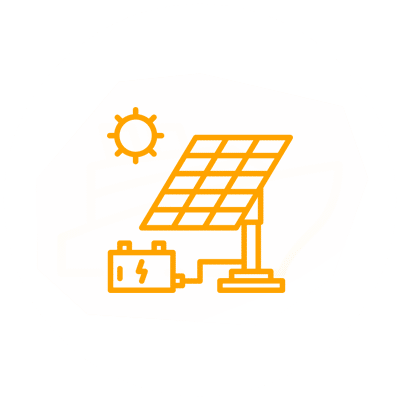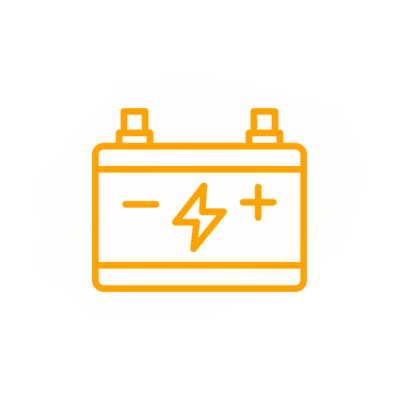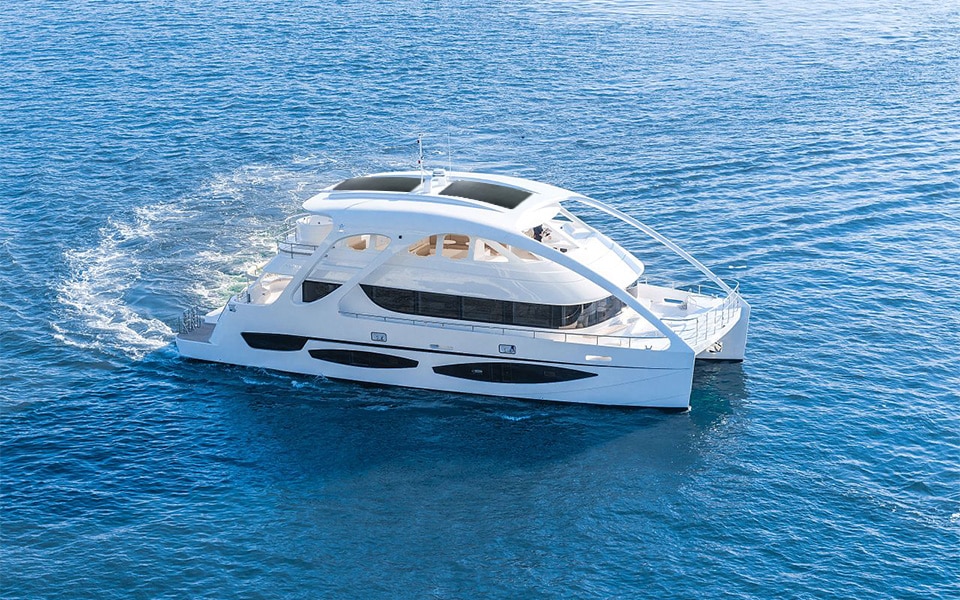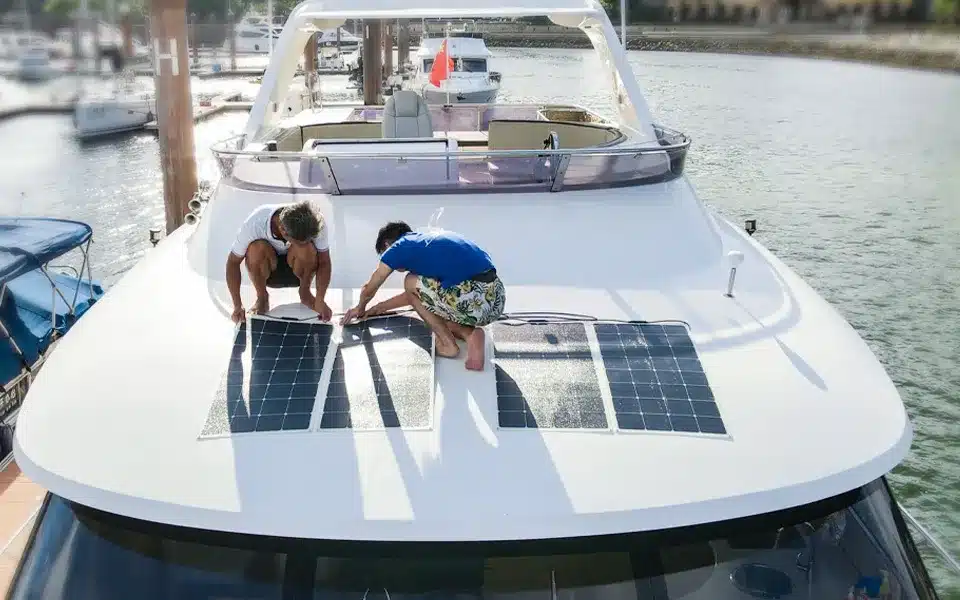Marine Solar Panels Solutions
MARINE SOLAR PANELS APPLICATIONS
You need to depend on the actual situation of the boat. Some boaters will install solar panels on the stern or the deck of the boat. Some people install solar panels at the mast of a sailboat. Sungold customizes the size and power of the solar panels to suit your needs.

Solar panels

Controller

Battery


Durability
The quest for more durable and long-lasting solar panels. You can consider Sungold LEE series or TF series flexible solar panels. They both offer high performance and long-lasting durability.

Anti-stepping
The quest for anti-stepping and good flexibility solar panels, Sungold TF series will be your optimal choice. They all have a great flexible performance, there is no need to worry when you are stepping on it.

High Corrosion Resistance
The quest for high corrosion resistance, Sungold will be your best solution. Our LEE series flexible solar panels have been praised by many customers for their corrosion resistance.
There are several ways to install solar panels on your boat.
1.Use a special adhesive (3M adhesive or silicone) on the solar panel. Attach the solar panel directly to the place where it is allowed to be installed. For example, on the deck or mounted on a special mounting frame.
2.Use a special bracket. There are mounting holes in the solar panel. Attach the solar panel to the bracket and tighten the screws to make sure it is secure. Fix the bracket on the boat.
To choose according to the needs of the boat. Sungold can advise on the various options available.

1. Renewable energy source provides energy with no exhaust emissions.
2. Can be used as a power source for emergency lighting or other equipment. This can provide longer power than traditional backup systems.
3. The use of a special lightweight and flexible solar panels can be installed on board for more solar energy, such as awnings, inclined surfaces, and areas that need to be accessed.
4. The solution meets the requirements and guidelines of classification societies.
5. When used in combination with highly efficient marine LED lights, the effective output of the system can be increased by a factor of 3 or more.
6. The solar system kit can be used to simplify installation.
7. Very reliable.
8. Low maintenance
Solar Panels on Boats: How They Work and How to Choose Them
Photovoltaic panels—how do they work?
A photovoltaic flexible panel, or solar panel, consists of a series of individual cells, typically made of silicon, capable of converting solar radiation into electrical energy. The electrons within the panel react with photons from sunlight, generating direct current (DC), which is then converted into alternating current (AC) through an inverter. The panel’s rated peak power is determined by its size and efficiency (maximum voltage and power).
In addition to the amount of light, we must also consider the angle of sunlight relative to the panel. Our system operates at peak efficiency when the sunlight hits the panel perpendicularly, but we must also take into account the hemisphere we are in. In the northern hemisphere, a slightly southward-tilted panel will generate more power than one facing north, and vice versa in the southern hemisphere. To account for varying sunlight angles, it is generally preferable to install adjustable panels that can be tilted in accordance with the angle of sunlight. While rigid solar panels are often seen mounted on top of Bimini tops, the ideal position for movable panels is actually on a stern rail or above the cockpit, to avoid being shaded by rigging and sails. The energy converted by the panels can be used immediately to power the onboard network or stored in the onboard batteries for later use.
How to choose and install the right solar panels on a boat?
TF series Solar panels installed on boats must possess very precise characteristics. Firstly, the panels, cables, and all connections must be highly resistant to atmospheric elements, particularly saltwater, and also withstand physical and mechanical stresses. In addition to being waterproof, the panel’s surface must be able to resist falling objects and bear weight, and it would be even better if they were walkable.
The weight and dimensions also need to be carefully assessed according to the installation area, and the most suitable type should be chosen based on the intended use. If you’re planning to use the panels as a supplementary energy source, you can opt for small, foldable plug-and-play panels that can be installed only when needed. However, if the goal is to be energy self-sufficient for a few days, it’s better to install a larger, fixed, and adjustable panel according to the angle of the sun.
Many plug-and-play panels (such as 12V panels) are directly powered by inverters and regulators, allowing the energy from the panels to be fed directly into the grid and stored in batteries. For those who own not only a boat but also a campervan or enjoy camping, there are also highly convenient folding panels. These are ready-to-use solutions that absolutely require no invasive installation.

